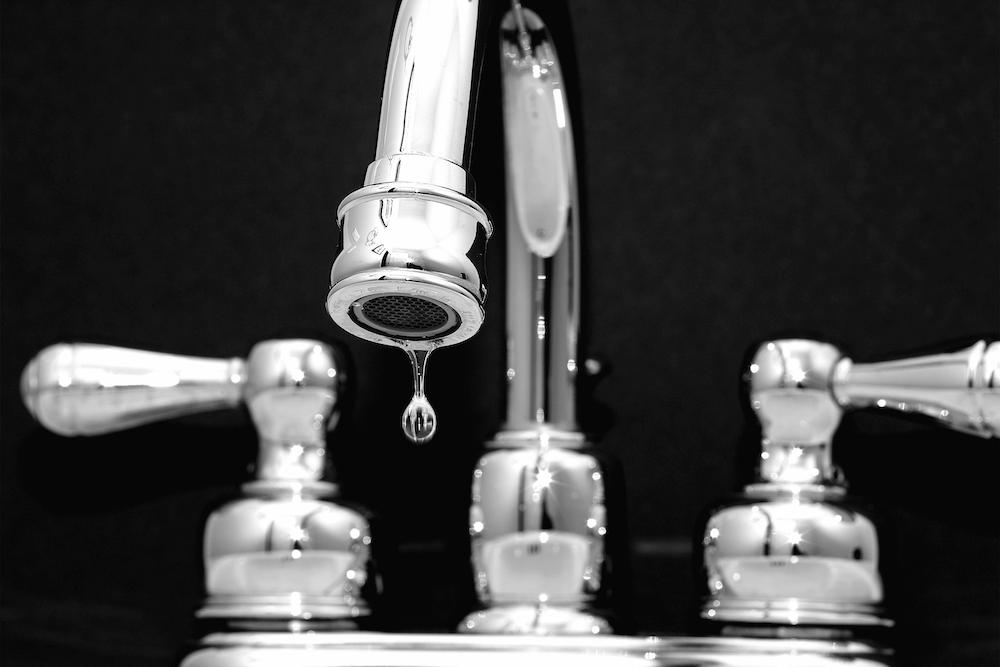At a glance:
- Try wrapping a cloth soaked in lemon juice or vinegar around your taps and leave for an hour before wiping away the limescale.
- To prevent future limescale buildup on taps, consider installing a water softener, as this will help to eliminate limescale from your home.
What is Limescale?
Limescale is also known as calcium carbonate. The build-up of this results in leaving watermarks or flakey white residue in anything from a tap to a shower after the water has evaporated.
Limescale often appears in areas that are either left to stand or heated, like a kettle. Limescale can also build up in areas that you can’t see, such as radiators, water pipes, washing machines and dishwashers. When your appliances have increased limescale, it can result in higher energy bills, damage to appliances and increased cleaning times.
How to Clean Limescale?
Limescale can be extremely stubborn to remove and can sometimes have irreversible effects on the finish of your fixture in the process. But how do you remove this chalky substance without tarnishing your pipework?
One way of removing the limescale around your chrome tap is by using a home remedy, lemon juice or vinegar. The acids within these chemicals are antibacterial and antiseptic, which means they are a perfect go-to before calling in a professional.
The method involves soaking a cloth in your chosen acid for approximately five minutes. Next, you will need to wrap your tap in the cloth, ensuring all areas are covered. Pop an elastic band around the cloth and leave for one hour. During this time, squeeze the cloth every now and again to release extra acid. Once the hour is up, simply wipe away the limescale.

How to Prevent Limescale
One way to prevent the development of limescale is by combining vinegar with your everyday cleaning solution. However, always rinse with water afterwards to avoid your kitchen smelling similar to your local fish and chip shop. This is a little something you can do every time you clean to keep your limescale levels down.
Another method of preventing limescale is ensuring all fixtures are wiped dry after use. This lack of moisture will make it more difficult for limescale to develop. Limescale is also more likely to appear if you have hard water. If you don’t know the water type in your area, you can take a look at our water hardness map to find the water hardness level in your area.
One resolution to this is installing a water softener. Our water softeners easily attach to most plumbing systems and are installed by a professional. Water softeners stop the problem before it even happens. They remove limescale-causing minerals from hard water at the entry point to your water system, preventing them from causing damage. By catching this water before it enters your home, you will automatically have soft water.
Get in touch with us today to discuss all the ways a water softener can help your home.
